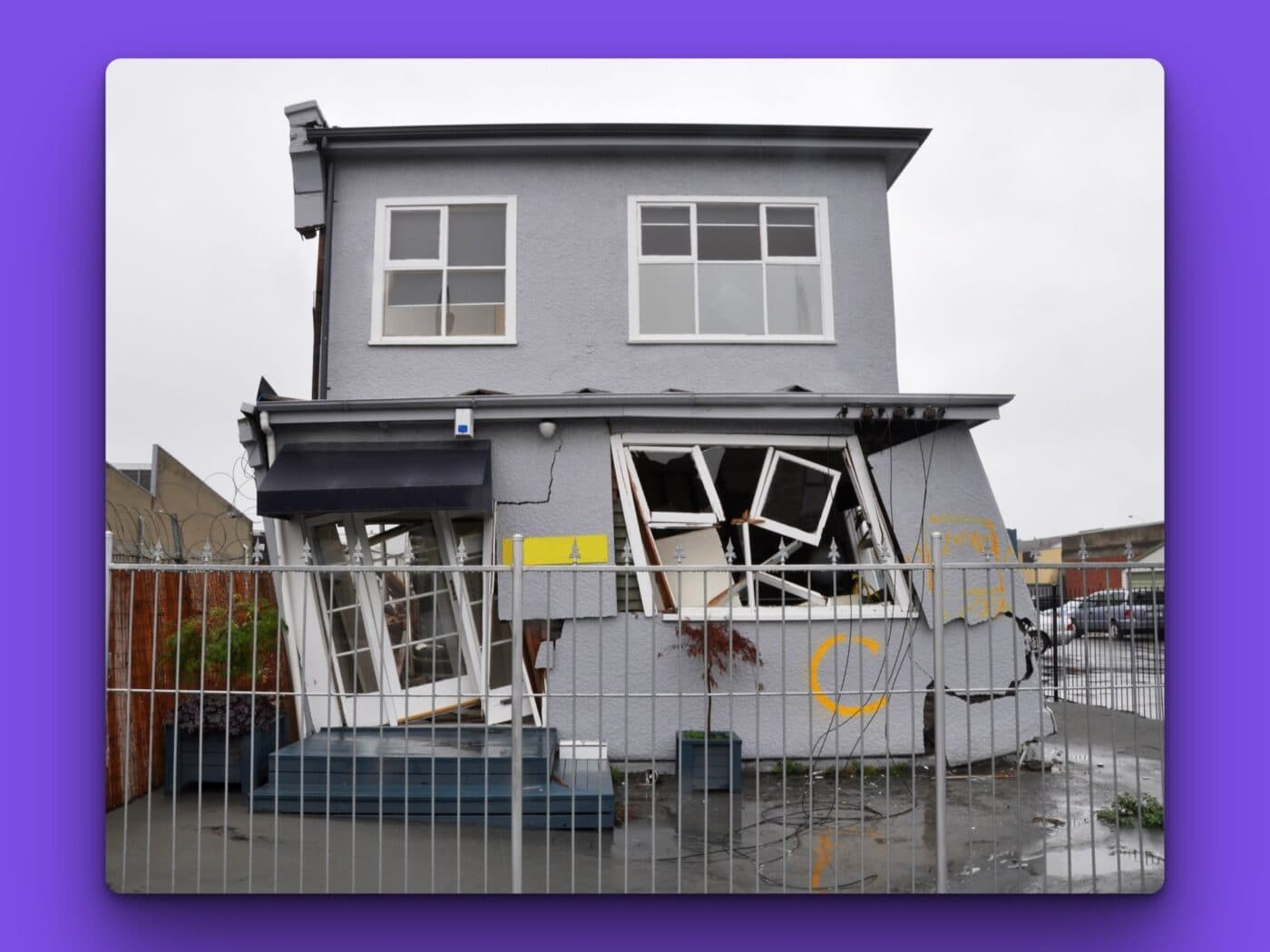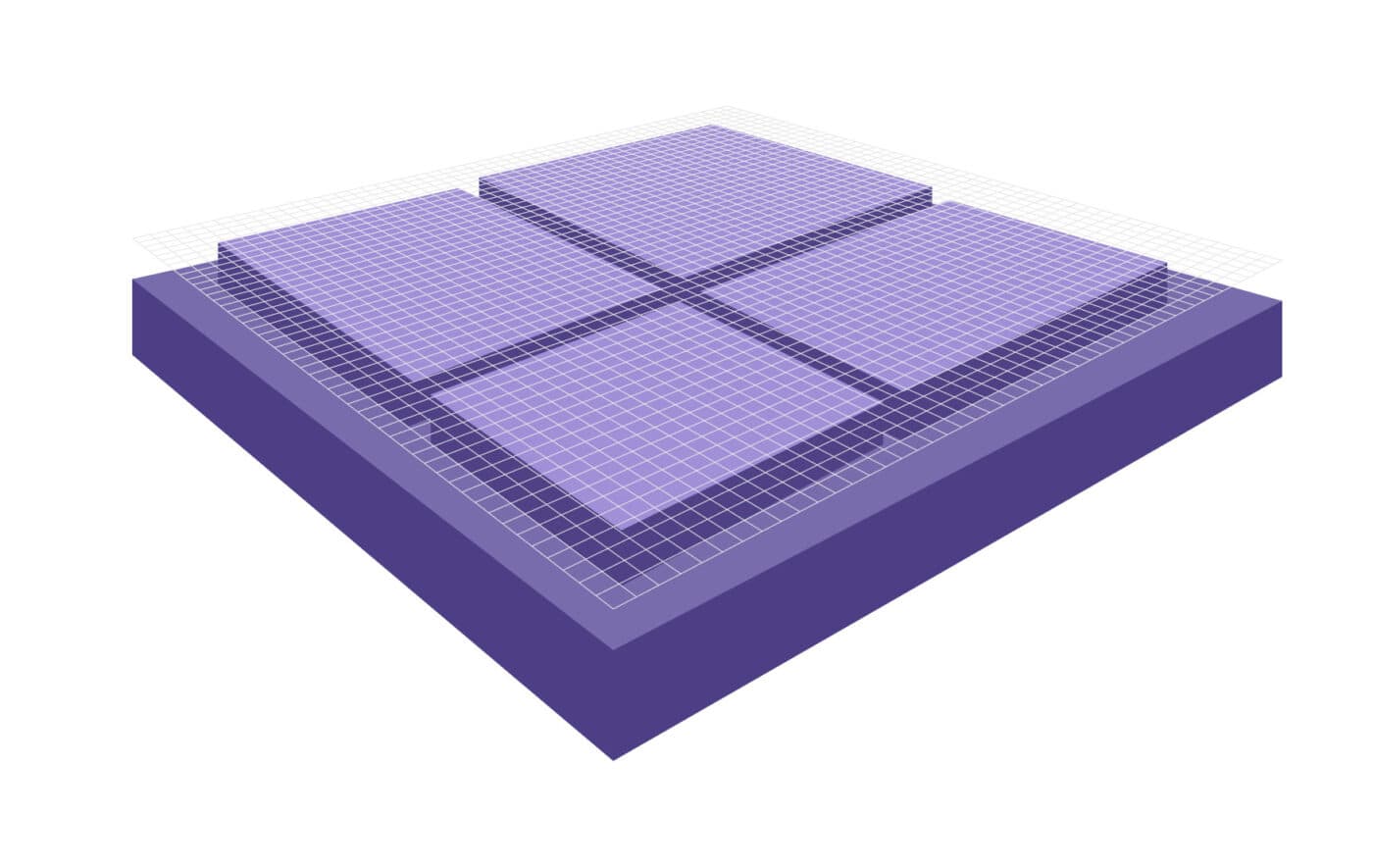
Property Investment
The 6 most common complaints about Opes Partners
Thinking about working with Opes Partners? Learn the 6 most common complaints, what causes them, and what the team does to put things right.
Property Investment
6 min read

If you’ve ever looked at buying a property in Christchurch you may be aware of the TC zones.
That’s where the land underneath each property is described as either TC1, TC2 or TC3 (TC stands for “technical category”).
These labels were introduced after the earthquakes to help people understand how the land might react if another big shake occurs.
They sound official (and they are), but most people don’t really know what they mean.
Some assume TC zoning shows earthquake risk, but that’s not quite correct.
In this article you’ll learn what TC zones really are, why they were created, and how to use them as a property investor.
TC zones are a bit outdated. They don’t predict earthquake risk, and modern engineering means homes on any TC site can be built to high, safe standards.
Canterbury went through 2 major earthquakes in 2010 and 2011. This impacted the land, so engineers divided Christchurch into 3 “technical categories.”
These categories do not show the risk of an earthquake happening. Instead, they show which areas of land are more likely to experience liquefaction.
That’s when the ground shakes so much it starts behaving like liquid which caused some houses to sink into the land during the earthquakes.

So, TC zoning doesn’t predict whether an earthquake will happen … it shows how the ground might react if one does.
In short, areas of Christchurch were zoned:
Early on, the TC map was general and lacked the finer details. For example, one side of a street could be TC2 land while the other TC3.
Nature doesn’t follow neat lines, so the map was always meant as a quick guide, not a final answer.

If you line them up it sure looks like TC3 land is less safe to build on, so you might think you should avoid buying a property that sits on TC3.
But all three TC categories sit in Christchurch’s Green Zone and the council has said it’s fine to build on that land.
What changes is how you build and what foundation you use.
So, it’s not that TC3 land is unsafe to build on. It’s that it needs a different level of engineering. {Source: MBIE Building Performance}
Most of Christchurch’s buildable land is TC2 or TC3.
Developers use these additional techniques so the property can be treated the same as TC1 for lending and insurance.
I’m not an engineer, but I’ve delved into this issue countless times over the years.
I’ve been trying to understand it in plain English and I’ve learned there are ways to make the soil stronger before you start building a house.
#1 – “Lasagna” layers
Think of a deep baking dish. Builders dig down, then add layers of different-sized gravel with strong mesh in between.
Each layer is compressed and tested. When the ground is firm enough and meets the engineer’s target, the house foundation goes on top.
#2 – Piles (the wedding-cake trick)
Imagine building a tiered wedding cake. You need little pillars between the cake lawyers to hold everything together which stops the cake falling over.

House piles act like those little pillars. They carry the weight of the house down to firmer ground below. It’s effective, but also more expensive.
#3 – A ribraft foundation (sometimes called a waffle slab)
A ribraft foundation looks a bit like a big waffle made of concrete.
It’s built using a grid of ribs filled with polystyrene pods and steel. It’s then covered with concrete. This creates a strong, flexible base that can handle earthquakes.

Because it sits on top of the ground (not deep into it) it’s easier to build and means less digging and less waste.
Most of the developments I’ve seen have this type of foundation.
TC zoning was a temporary tool that came in immediately after the earthquakes.
It was simple, and that’s what everyone liked about it. The government and insurers could make quick, citywide decisions.
But as time’s gone on, TC zoning has become less relevant.
It’s not that the idea was wrong, it’s just that our understanding of the land has improved.
Even the Ministry of Business, Innovation and Employment says these categories were “intended to have a limited life”.
These TC categories are now 15 years old; science and regulation have moved on.
Engineers now look at how the land really might behave – using up-to-date maps and tests specific to each site.
I think the reason why TC zones are still used is because they’re simple to understand.
So if TC zones aren’t as relevant, what can you look at instead? Check these four things:
This is a soil test done by an engineer to find out what kind of ground your house will sit on. It will also tell you how it might behave in an earthquake. This is much more specific than a generic TC zone.
You can ask for this report and ask your lawyer to check it.
Based on that soil test the engineer will suggest the best type of foundation to make sure the house stays stable.
The council keeps records showing what work has been done to strengthen the ground. Something like the lasagna effect I mentioned earlier. These records prove work meets building standards.
Check if the property has made earthquake claims or had insurance issues in the past. This can tell you how well it handled previous quakes and whether insurers still cover it easily.
These give a far more accurate picture of how stable a section really is.
It’s generally not harder to get a mortgage or insurance for a New Build property, even if it’s in a TC3 zone. That’s because lenders and insurers look at the individual house and how it is built.
But, what if you’re buying an older, existing home? Your lender will want to see evidence that the risk has been mitigated. They’ll want to know about things like repairs or ground improvement work (e.g. the lasagna method).
When it comes to insurance, TC3 properties can attract higher premiums.
Ultimately, whether it’s TC1, TC2 or TC3, insurers care more about whether the property meets current building code.
You should always check all the information you can get on a property, which includes the TC zone.
But, let’s say you see a property on TC3 land. That doesn’t mean it’s a bad property. What you then want to know is whether the property is fit for purpose on that land.
So you want to make sure your builder or engineer has done the right testing.
Development Acquisition Manager & Real Estate Salesperson
Sold over 450 properties in the Christchurch area as a licensed Real Estate Salesperson and working for Opes Property to procure premier investment opportunities throughout New Zealand.
This article is for your general information. It’s not financial advice. See here for details about our Financial Advice Provider Disclosure. So Opes isn’t telling you what to do with your own money.
We’ve made every effort to make sure the information is accurate. But we occasionally get the odd fact wrong. Make sure you do your own research or talk to a financial adviser before making any investment decisions.
You might like to use us or another financial adviser